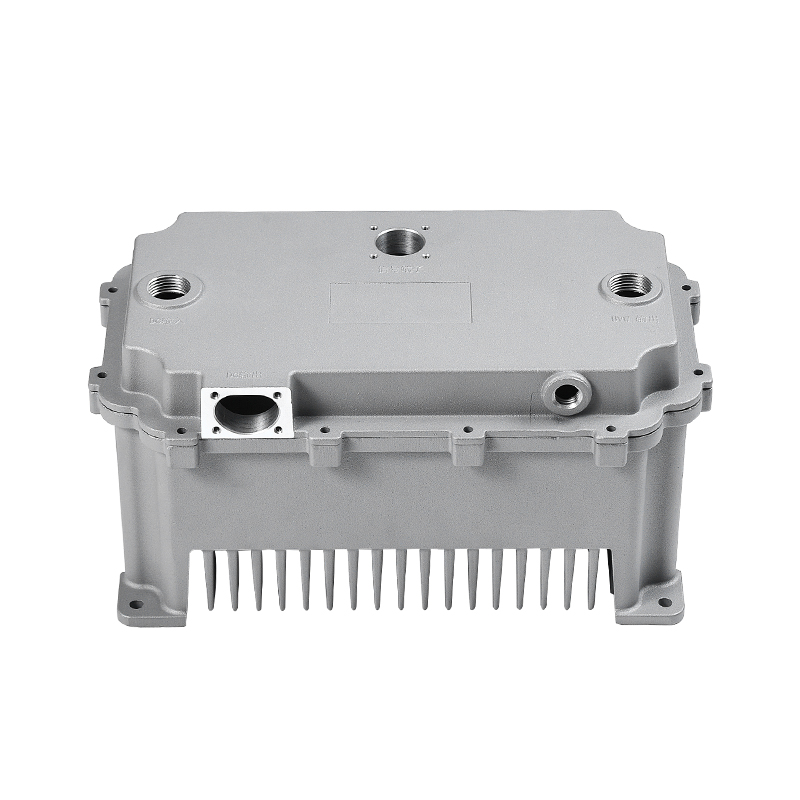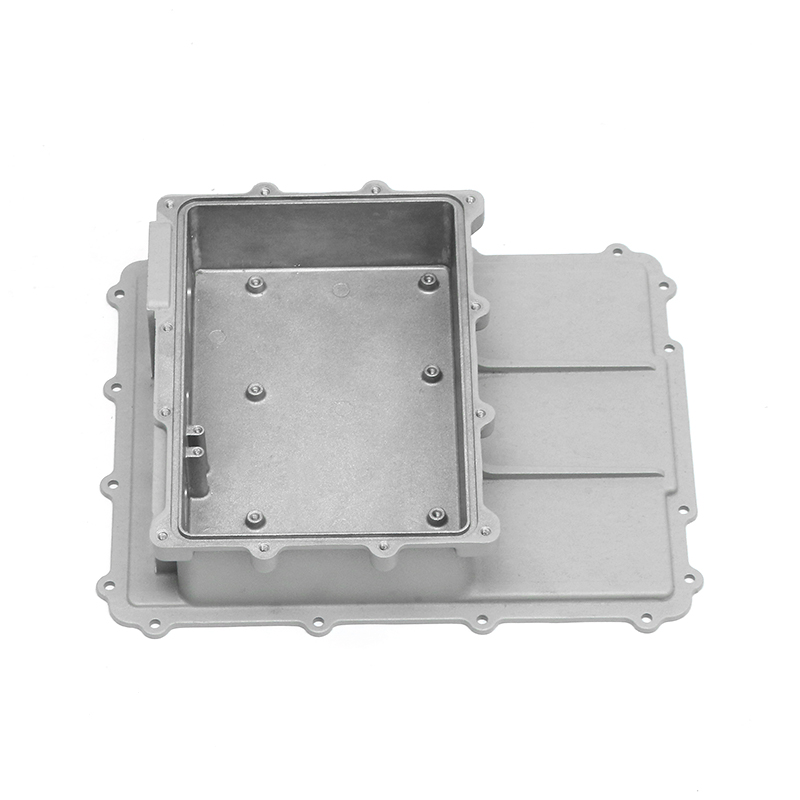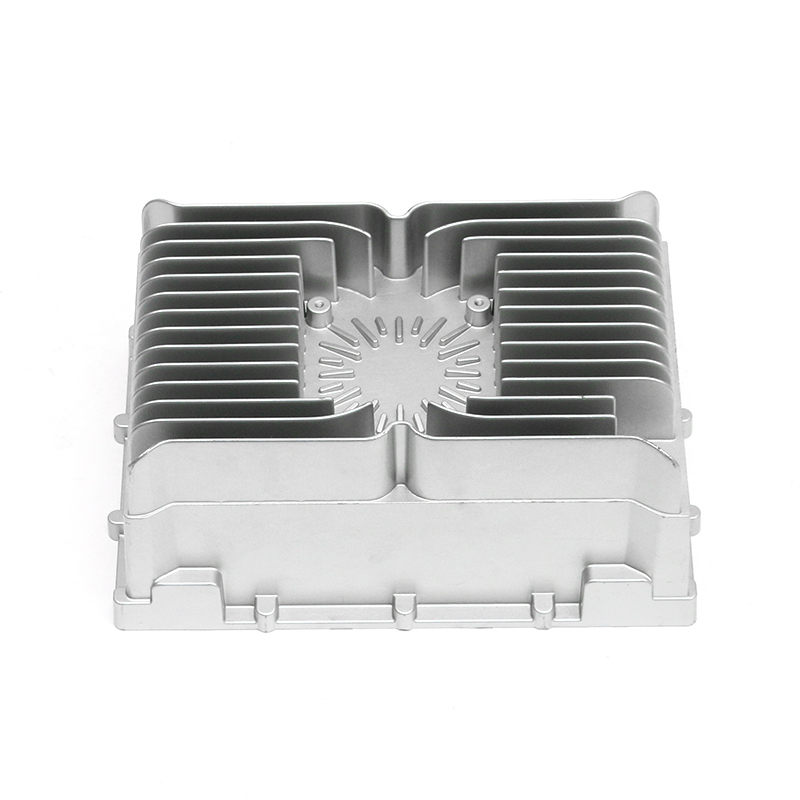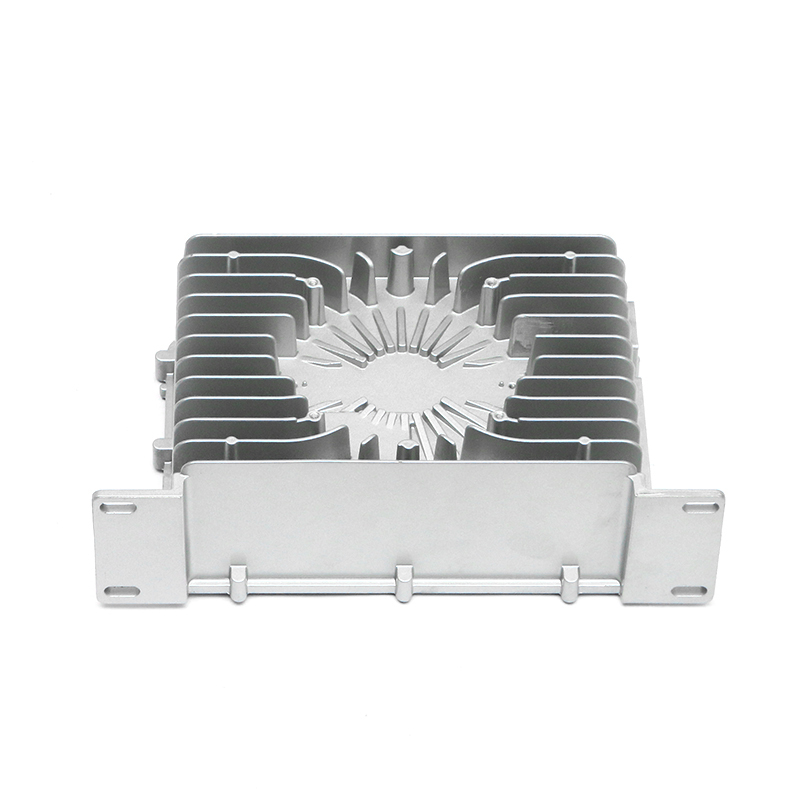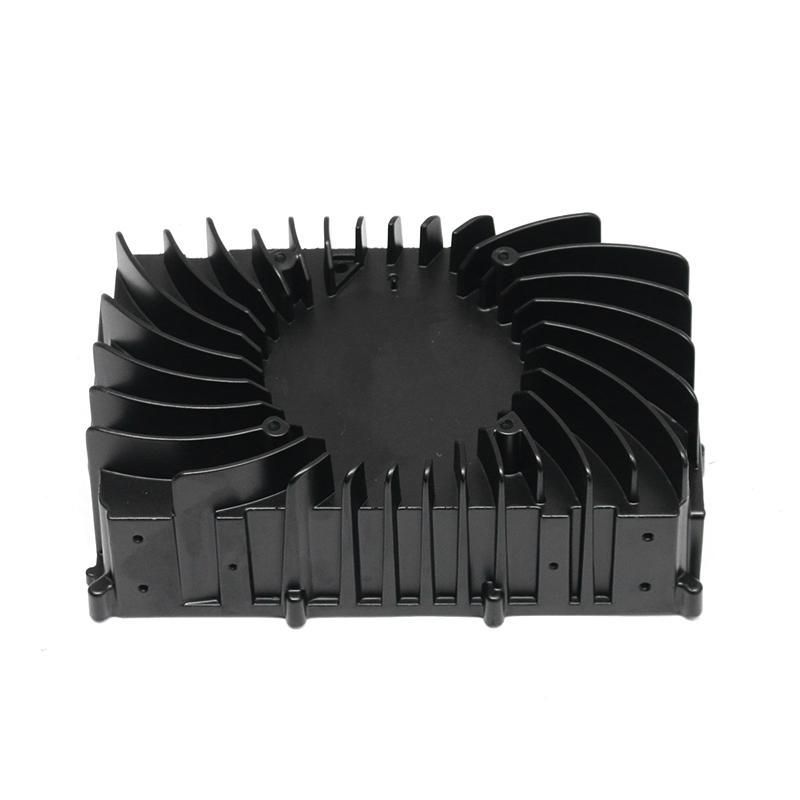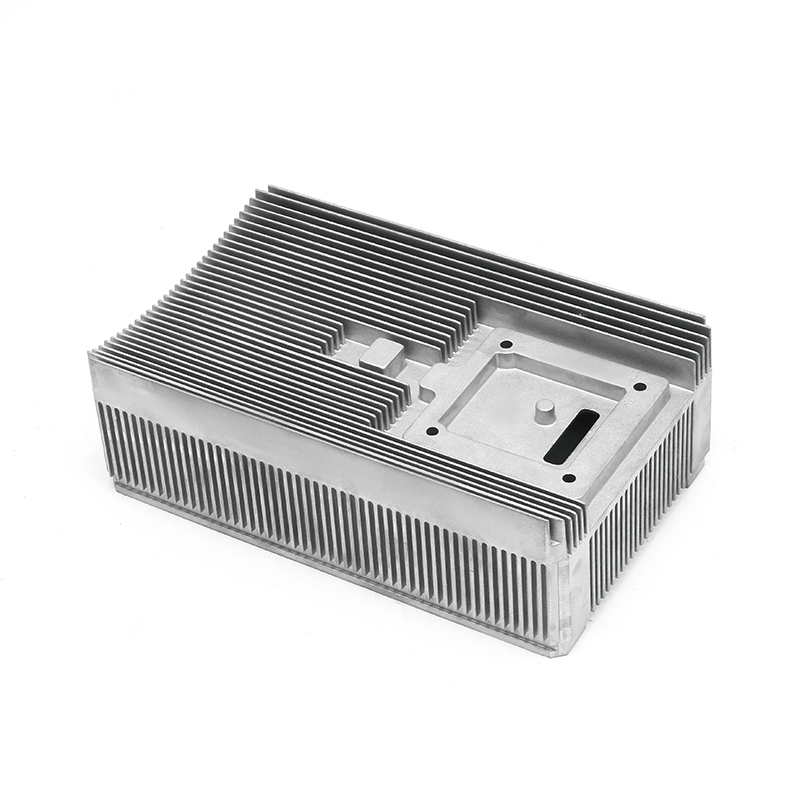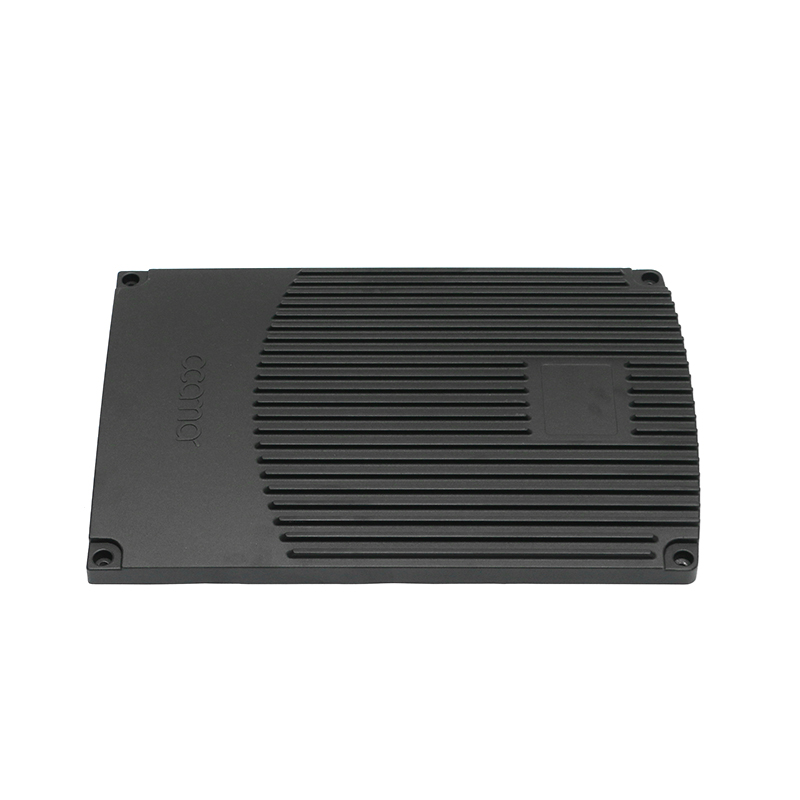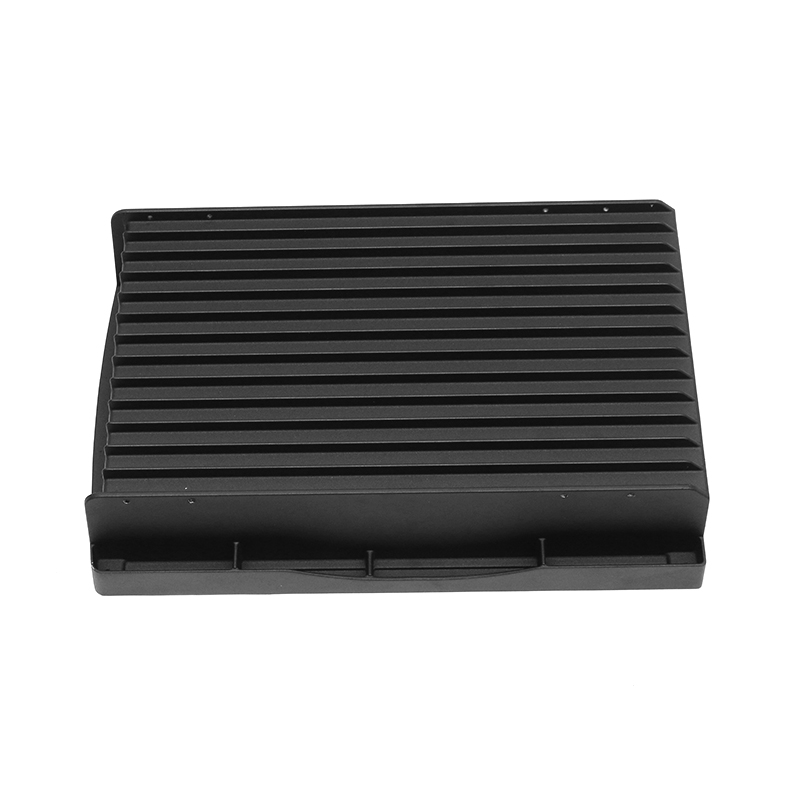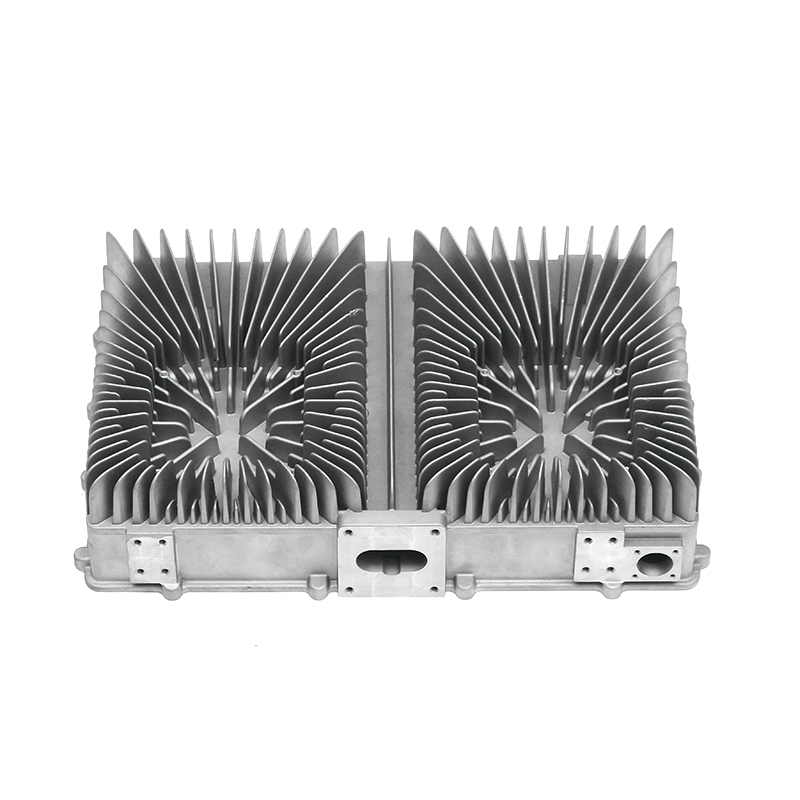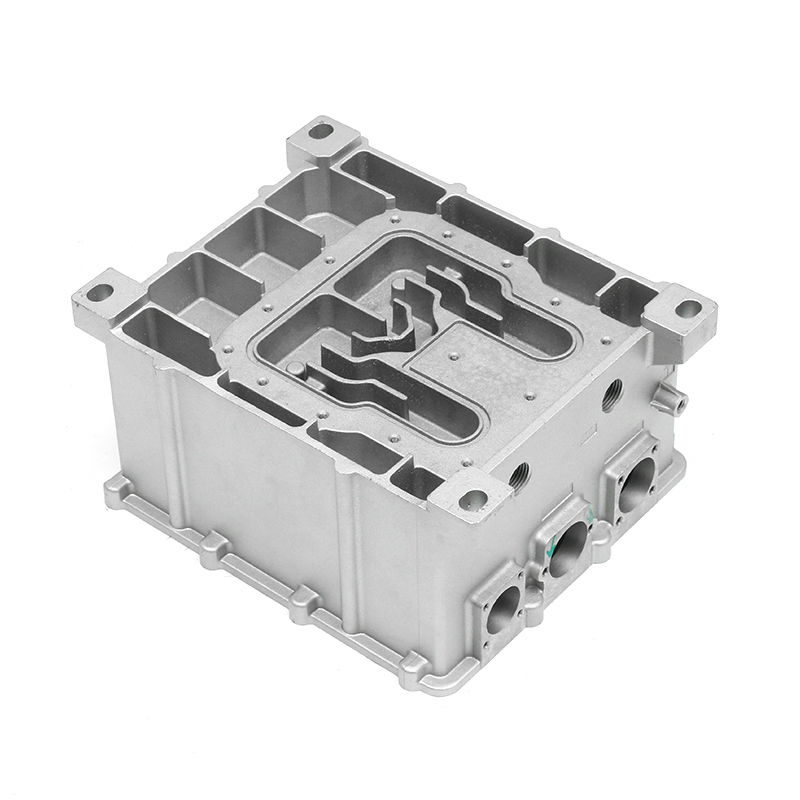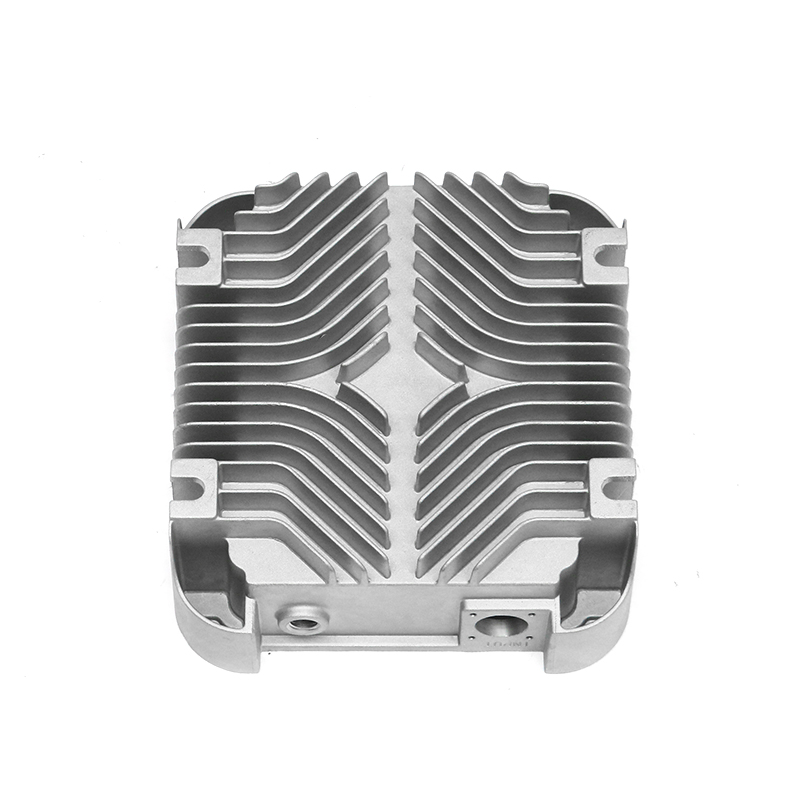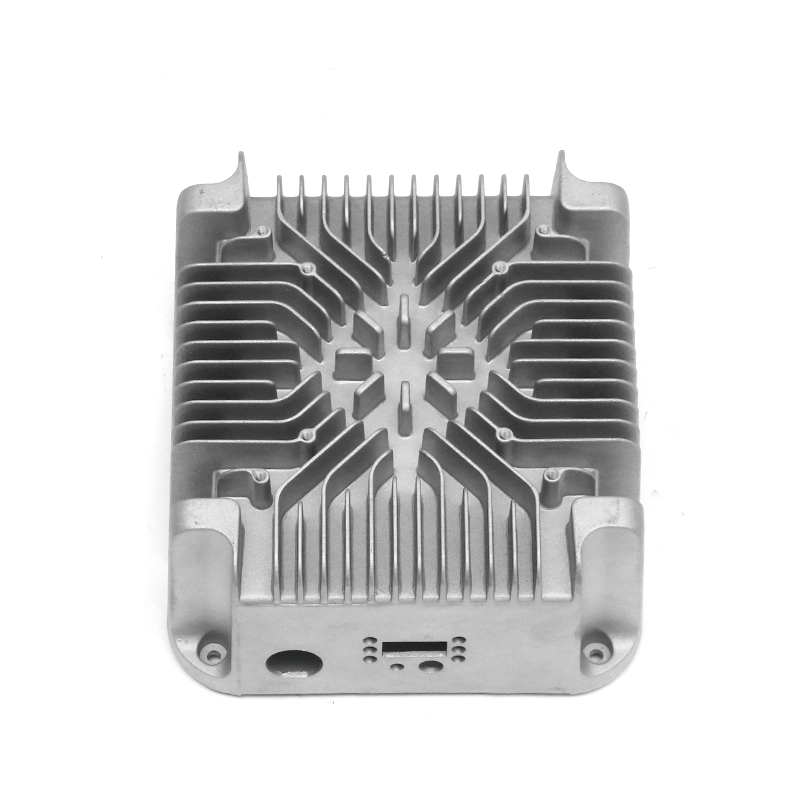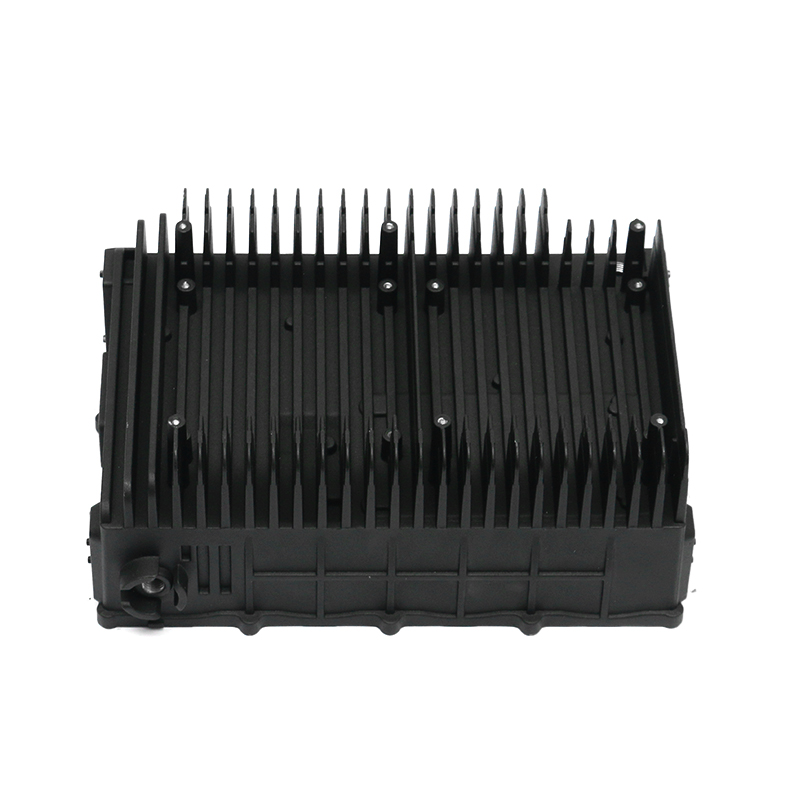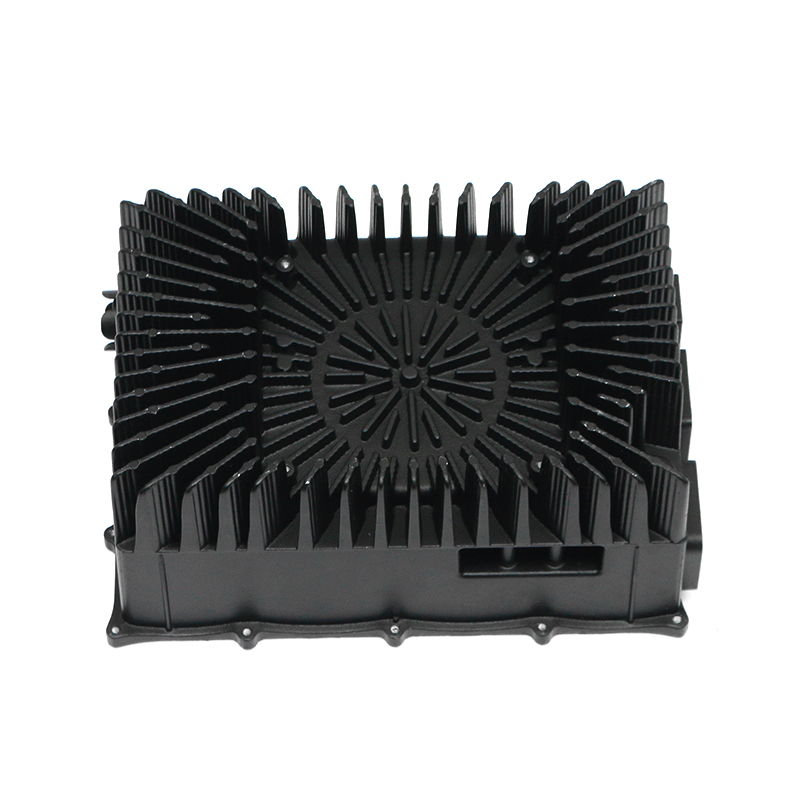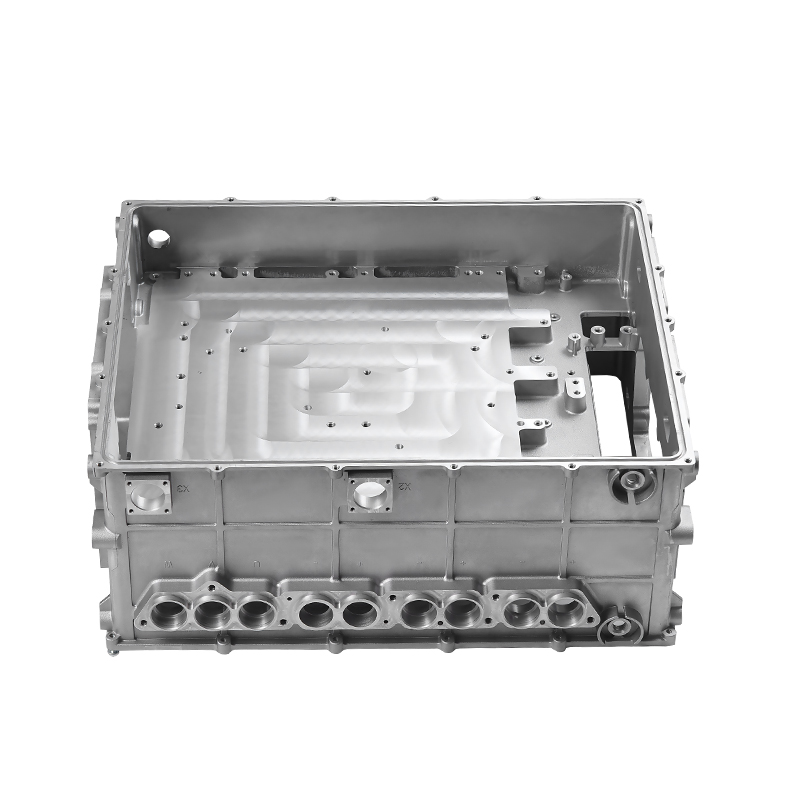As an important part of the engine cooling system, the operating efficiency of the car water pump is directly related to the heat dissipation effect and overall performance of the engine. In the manufacturing process of the water pump, the casting structure design plays a core role, especially in the layout of the water flow channel and the optimization of cooling efficiency. Whether the design is reasonable will affect the stability and economy of the vehicle thermal management system.
In the actual working process of the water pump, the coolant circulates continuously between the high-temperature engine and the radiator, and the water pump provides power so that the coolant can flow evenly in the system. The layout of the water flow channel inside the casting determines the smoothness of the fluid path, whether the pressure distribution is reasonable, and whether the heat energy can be efficiently conducted. If the channel design is unreasonable, it may lead to uneven local flow rate and increased fluid turbulence, which will affect the heat dissipation efficiency and accelerate material wear, and even cause problems such as water pump overheating and engine temperature abnormality.
To solve these potential risks, many foundries have introduced computational fluid dynamics simulation technology in the water pump structure design stage, simulated and analyzed the internal flow channel, and compared indicators such as water flow path, flow rate, and pressure change through different models to find the structural form that best meets the heat exchange requirements. This method not only improves the scientific nature of the design, but also helps developers to more accurately grasp the performance of castings, avoiding later rework or efficiency loss caused by design defects from the source.
The choice of casting method is also closely related to structural optimization. For example, sand casting can flexibly make complex inner cavity structures, so as to better guide and distribute the flow channel. In some models with higher efficiency requirements, some manufacturers tend to choose precision casting or die casting with higher molding accuracy to ensure the smoothness and size consistency of the fluid path and reduce the energy loss of water flow during the flow process. It is worth noting that the control of details such as transition angle, diversion structure, and guide groove in the casting process will directly affect the distribution balance of water flow in the channel and the circulation effect of coolant.
In order to further improve the cooling efficiency, many water pump castings also add guide vanes or spoilers to the structure to optimize the direction of water flow and avoid local dead angles. At the same time, some casting schemes adopt variable cross-section design, so that the fluid is accelerated at key parts and the heat exchange efficiency is enhanced. Although such detail processing seems small, it can significantly improve the response speed and heat load adaptability of the entire cooling system in actual operation.
Recommended Products
Products provided by famous enterprises are deeply trusted by users.
